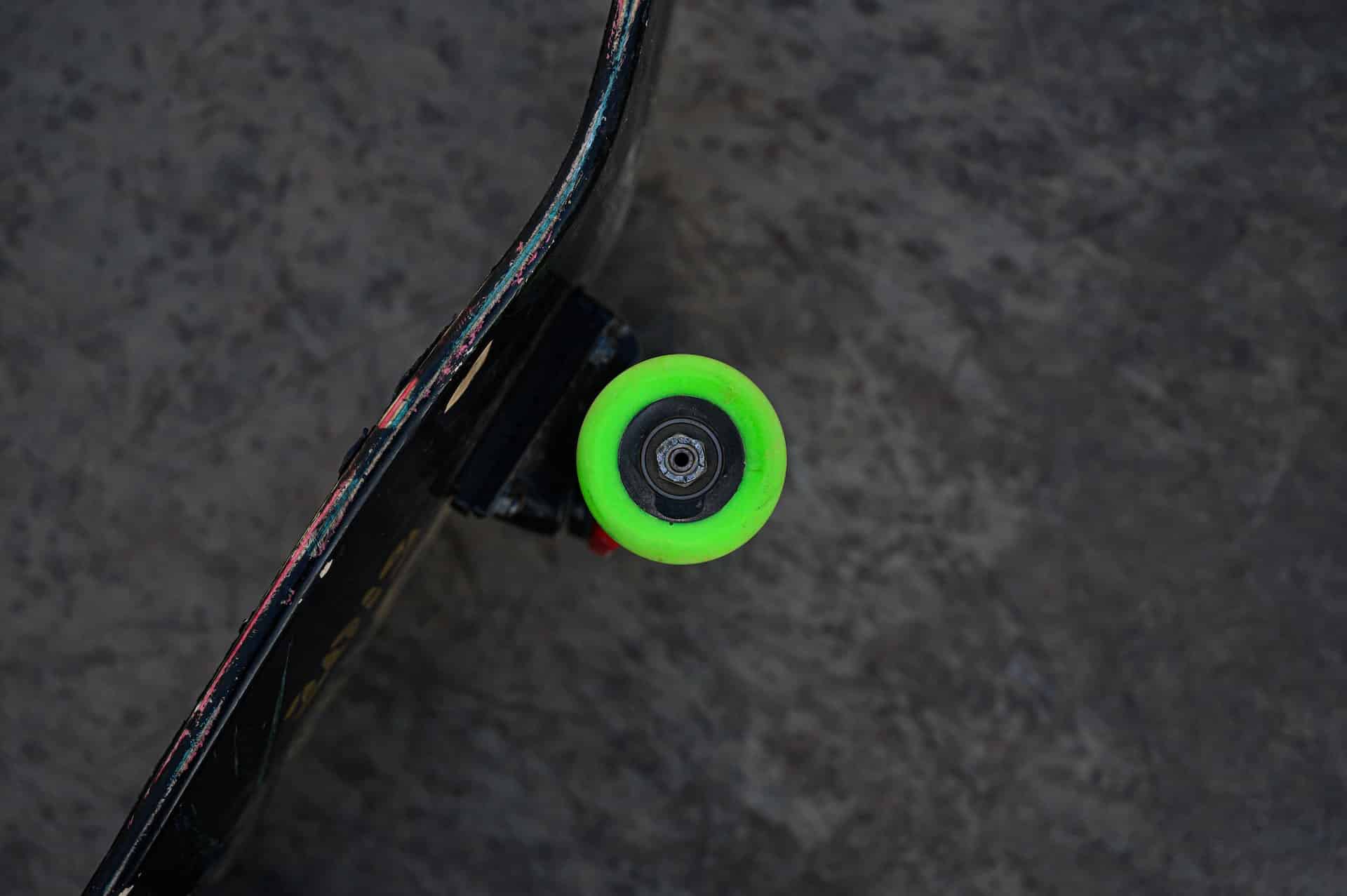Metric bearings are used in a variety of applications, including in the automotive, aerospace, and industrial industries. Metric bearings are available in a variety of sizes and designs to meet the specific needs of each application. Therefore no one bearing fits all, it is important when purchasing bearings to consider the application and size requirements.
Metric bearings are designed to provide precise radial and axial guidance for rotating shafts. They are typically made from high-quality materials, such as steel or ceramic, and can be either sealed or open. Sealed metric bearings are protected from the environment and require less maintenance than open metric bearings.
IMAGE: UNSPLASH
Imperial vs Metric Bearings
When searching for bearings of various types and sizes, people will often come across two different types of bearings, imperial and metric. This simply indicates that the bearing is measured using either the imperial or metric system.
Imperial bearings are designed to fit shafts with imperial (inch) dimensions. Metric bearings are designed to fit shafts with metric (mm) dimensions. If working in a metric system country, it is likely that bearings will be available to purchase in metric measurements (this is common across the majority of countries around the world).
Ball Metric Bearings
Ball metric bearings are the most common type of metric bearing. They are typically made from steel or ceramic and can be either sealed or open. Ball metric bearings provide good radial and axial guidance for rotating shafts and are resistant to high temperatures. However, they are not suitable for applications that require high speed or heavy loads.
Roller Metric Bearings
Roller metric bearings are designed for applications that require high speed and heavy loads. They are typically made from steel or ceramic and can be either sealed or open. Roller metric bearings provide good radial and axial guidance for rotating shafts and are resistant to high temperatures. However, they are not suitable for applications that require precise guidance.
Needle Metric Bearings
Needle metric bearings are designed for applications that require precise guidance. They are typically made from steel or ceramic and can be either sealed or open. Needle metric bearings provide good radial and axial guidance for rotating shafts. However, they are not suitable for applications that require high speed or heavy loads.
Metric bearings are an important part of many applications. It is important to choose the right type of metric bearing for the specific application to ensure proper function and long-lasting performance.
IMAGE: UNSPLASH
If you are interested in even more technology-related articles and information from us here at Bit Rebels, then we have a lot to choose from.


COMMENTS